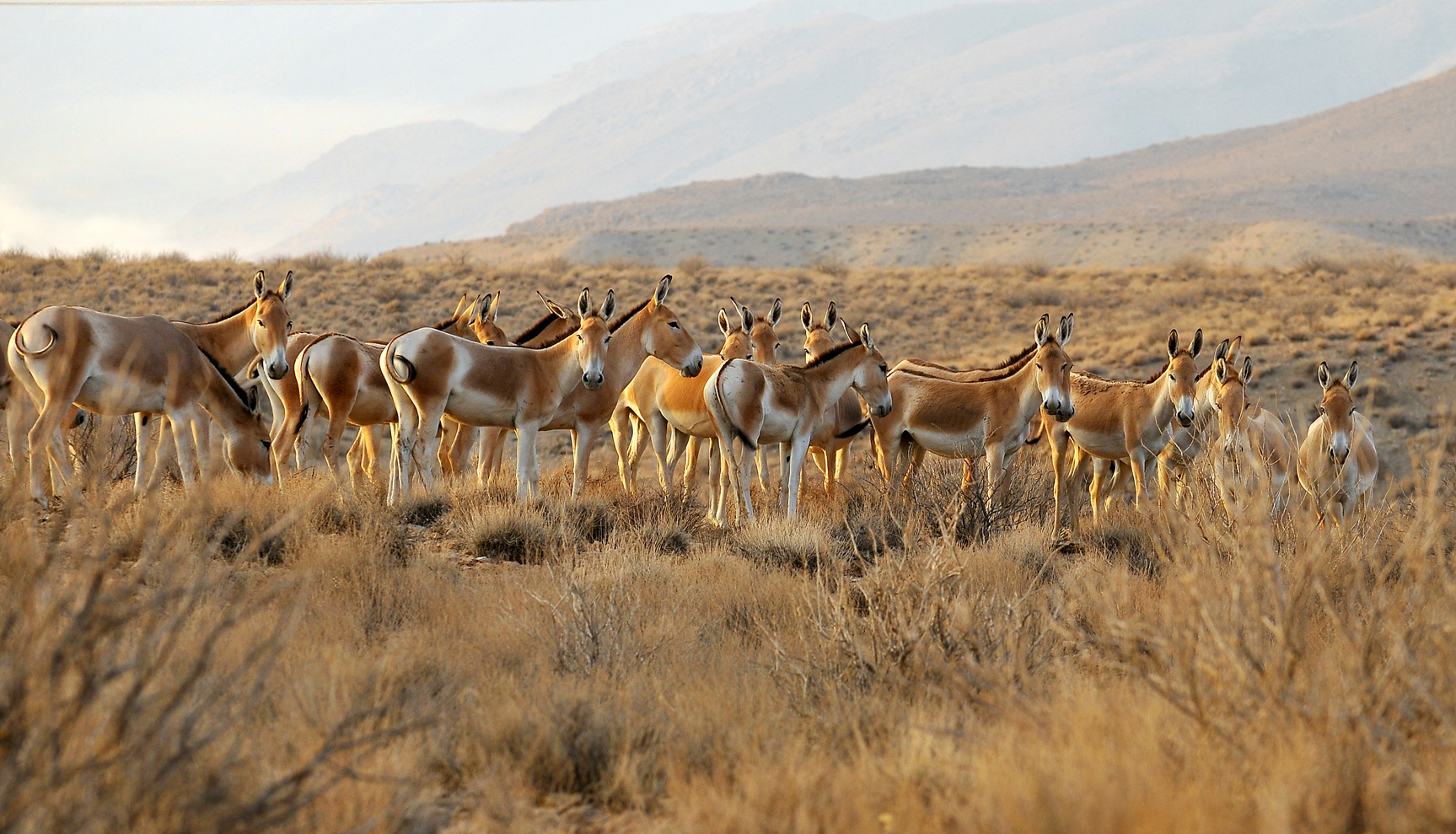For the first time in Iran, GPS tracking collars have been attached to six animals in Qatrouyeh National Park and Bahram-e Gour Protected Area in Fars Province to determine the habitat of Persian onagers.
Persian onager is a subspecies of Asiatic wild ass native to Iran. Numbering about 600, it is classified as an endangered species by the International Union for Conservation of Nature.
The project was implemented by the provincial office of the Department of Environment in cooperation with Austria's Vienna University, the USA's University of Wyoming, Isfahan University of Technology and DOE's Wildlife Office, Mehr News Agency reported.
A major concern with the protection of these populations is the seasonal migration of an unknown but relatively large number of onagers outside protected areas.
"It is not known if these migratory animals manage to make their way back home or die or get killed before reaching their haven," said Farhad Dabiri, DOE's deputy for biodiversity.
The tracking device makes it possible to constantly monitor the animals' whereabouts in real-time.
"So far, data indicate that the Persian onagers are in good condition," he said.
Pointing to the history of using tracking systems to better protect animal species, the official said Iran's wildlife must also benefit from technology.
GPS wildlife tracking helps biologists, scientific researchers or conservation agencies remotely observe fine-scale movement or migratory patterns in a free-ranging wild animal using environmental sensors or automated data-retrieval technologies.
Persian onager is indigenous to the deserts of Iran, Syria, India and Tibet. It is similar to a donkey but slightly larger in size.
A variety of factors, including destruction of habitats, mismanagement and hunting, have restricted their environment.


